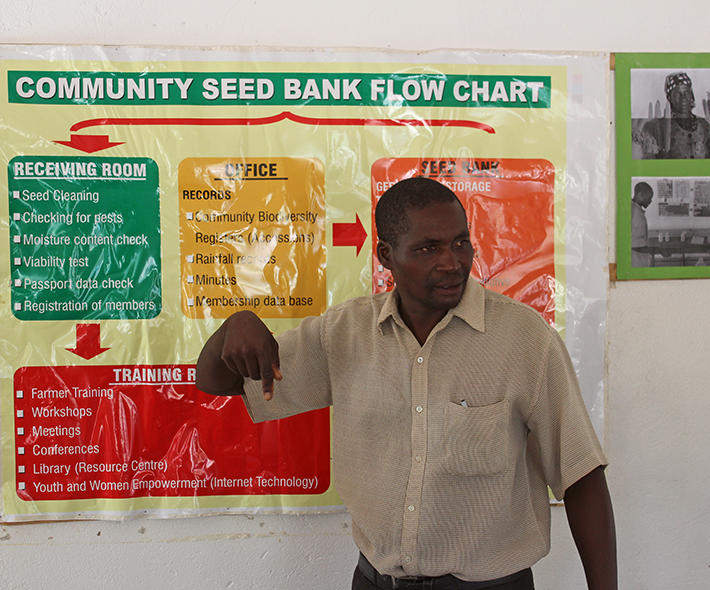Farmers’ rights in practice: contributions of community seed banks

Based on empirical evidence from 16 countries, a new article addresses the question of how community seed banks contribute to the establishment of the farmers’ rights, as defined by the International Treaty on Plant Genetic Resources for Food and Agriculture (ITPGRFA). This meets the demand for good examples of how to implement such rights at the national level, which has been a challenge for many countries around the world.
Community seed banks are valuable institutions around the world that help farmers and communities regain, maintain and increase their control over seeds. Although they have received little attention in scientific literature and policy circles, they exist as good examples of the implementation of farmers’ rights, a significant aspect of the International Treaty on Plant Genetic Resources for Food and Agriculture (ITPGRFA).
The key elements of farmers’ rights, as defined in Articles 9.2 (a) to (c) and 9.3 of the ITPGRFA, include the right to save, use, exchange and sell farm-saved seed and propagating material; the right to protect traditional knowledge relevant to plant genetic resources for food and agriculture; the right to an equitable share of benefits arising from the use of these resources; and the right to participate in decisions, at the national level, on matters related to the conservation and sustainable use of such resources.

The article highlights four case studies from Bangladesh, Côte d’Ivoire, India and Zimbabwe to demonstrate that community seed banks can be an effective platform for realizing farmers’ rights as defined by the ITPGRFA and, in some cases, in broader terms. They can be instrumental in establishing comprehensive farmers’ rights, although the degree and depth may vary according to the national context. Such an achievement cannot come overnight: it takes time and effort to build a community seed bank, achieve legal recognition, obtain technical and financial support, connect with other farmers and establish supportive relations with other agricultural stakeholders.
This article not only has scientific merit in fields such as political science and international law, but can also be used to achieve more recognition and mobilize more support for community seed banks at the national, regional and international levels. Although community seed banks have received some recognition in recent years, much remains to be done to strengthen their operations, connect them with national and international genebanks and support them technically and financially. Inspiration can be drawn from the few governments that have started to formally support community seed banks, in particular: Bhutan, Ethiopia, Nepal, Mexico, Uganda and South Africa.
